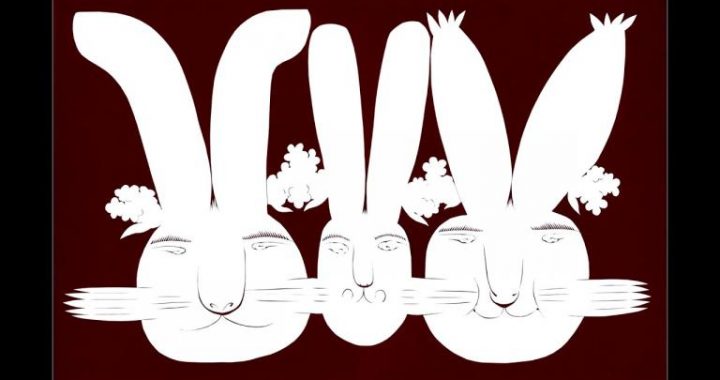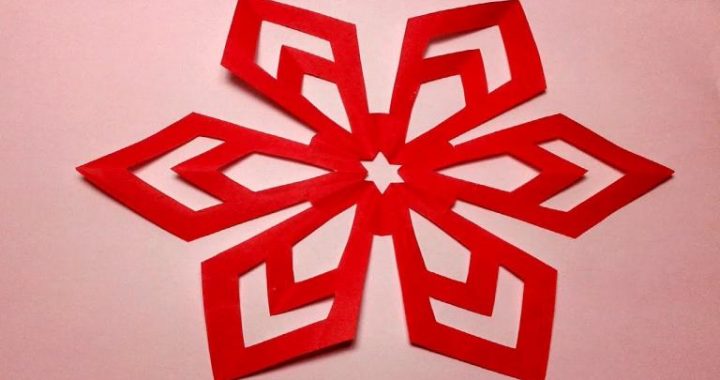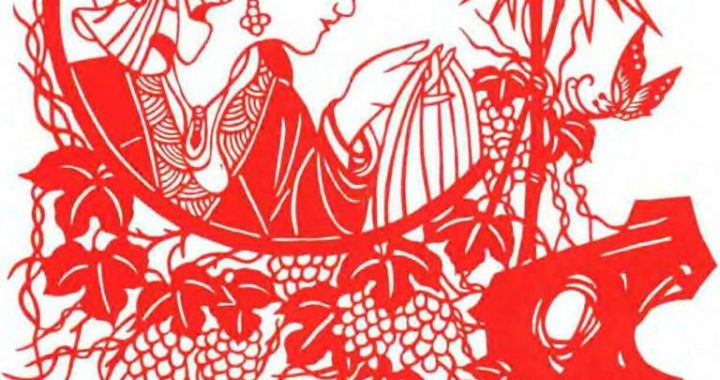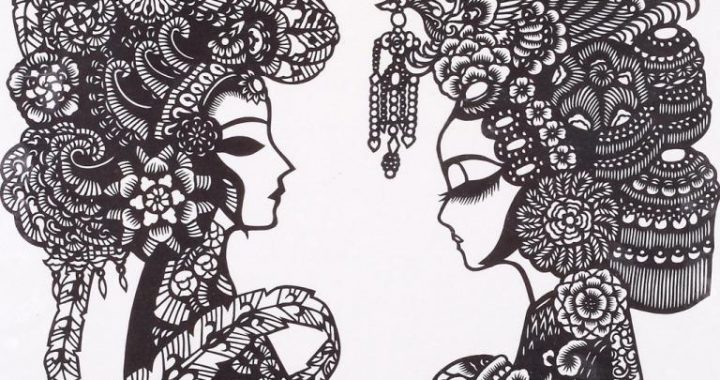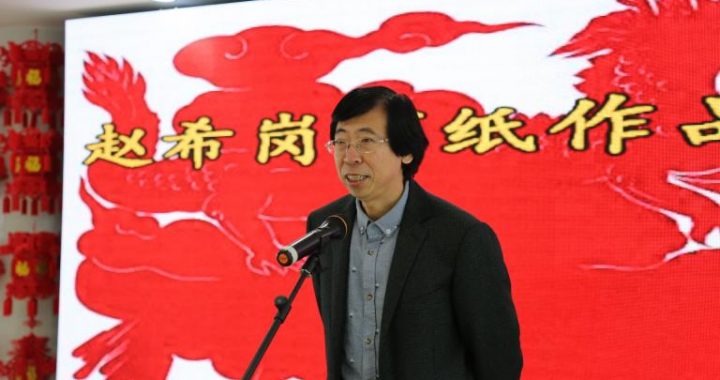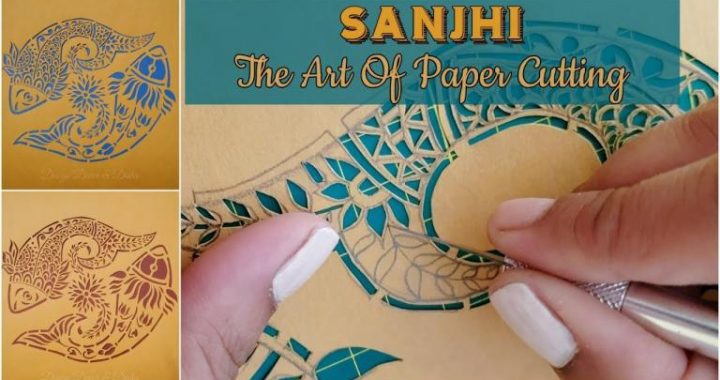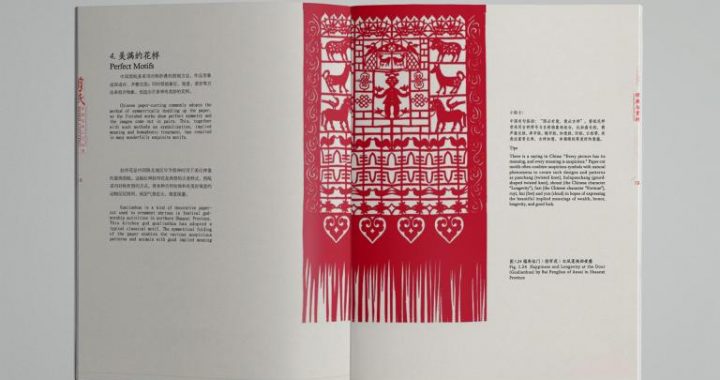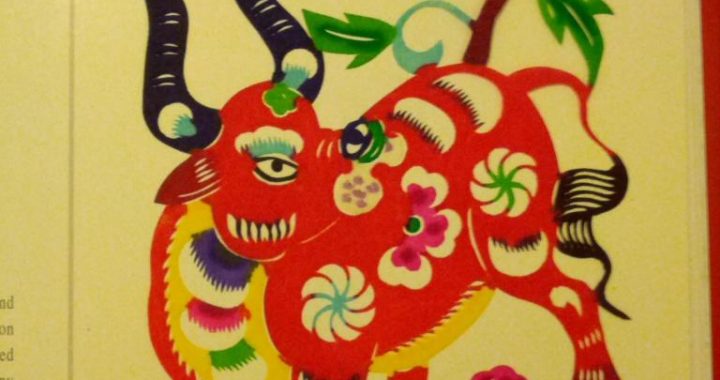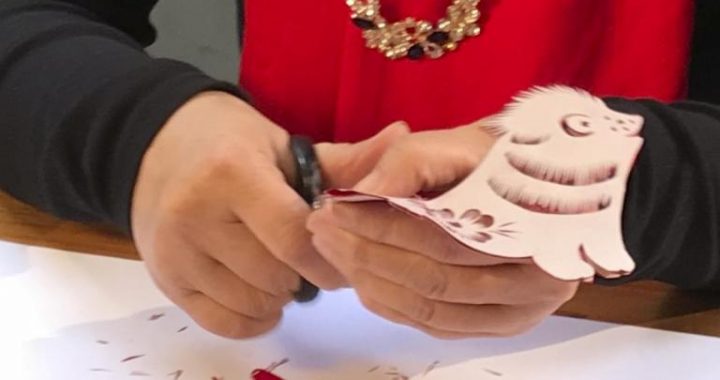Tang and Ming furniture
3 min readWhen it came to the Tang Dynasty,people started to sit on a seat instead of sitting on the floor.In the late years of Tang Dynasty,tables and chairs appeared which,though not yet prevalent,had greatly affected people’s way of life.Furniture atthat time included chiefly side tables,narrow tables,xieshi(an article developed from side table used for leaning against),chests,cupboards,Hu-chuang,screens,chessboards.High-type furniture such as tables,stools,chairs,etc.already turned upand became popular in the upper circles.By the Song Dynasty,all sorts of high-type furniture started to fall into a pattern and widely used.In the Southern Song Dynasty,furniture was rather complete in variety and shape,the workmanship increasingly exquisite.

By the Ming and Qing dynasties, Chinese ancient furniture became settled into a shape much higher than in the past. The Ming-dynasty furniture looks elegant, plain and ingenious and was commended as brilliant representative of Chinese classic furniture, known as Ming-type furniture. The rise of Ming furniture was closely associated with the social environment of the times. As the booming of cities andtowns, the growth of commodity economy and the emergence of architecture in large numbers, made the demand for furniture continuously on the increase. Moreover, inthe Ming Dynasty, Zheng He the great navigator made seven trips to the West and the ban on maritime trade and relations with foreign countries was once lifted, resulting in large quantity of timber brought to China from Southeastern Asia. Besides, woodworking implements had been improved to an extent as never before. The book Tiangong Kaiwu(Exploitation of the Works of Nature) records that the forging techniques were already highly promoted in the Ming Dynasty, with it different kinds of woodworking implements were invented, in planes alone there were pushing plane, thin-line plane, centipede plane, etc, to be used for different processes.
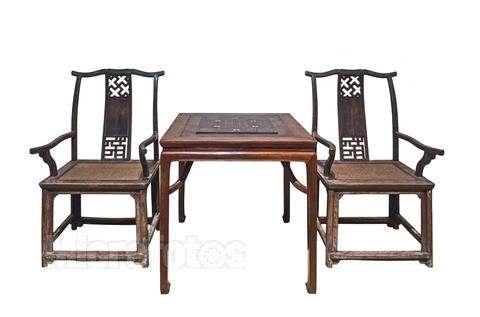
The Canon of Lu Ban compiled by Wu Rong, head of the imperial workman department under the Board of Works of the Beijing municipal government, is the only extant specialized book about building and repairing of wooden things. The book sums up the designs and practices of master craftsmen over centuries since the Spring and Autumn Period. Included in the book are thirty-plus drafts for furniture in which each measurements, tenon and mortise structure, end of lines and adornments are all given in detail, with real object pictures attached. It is a significant reference material for the study of Ming Dynasty folk architecture and Ming-style furniture.

In Ming-style furniture making, materials were most particular about. Usually hard wood such as red sandalwood, huang-hua-li-mu(a species of rosewood) and the like, was chosen, which when polished with wax, reveals their natural grain and freshening luster, fully in accord with the taste of the men of letters in the Ming Dynasty who are always after primitive simplicity and elegance. As they advocated nature, they preferred yellow color to dark color, and huang-hua-li-mu which is fine in grain, having the color of amber and the touch of jade, became the first to be chosen in the late Ming Dynasty down to the early Qing Dynasty.
